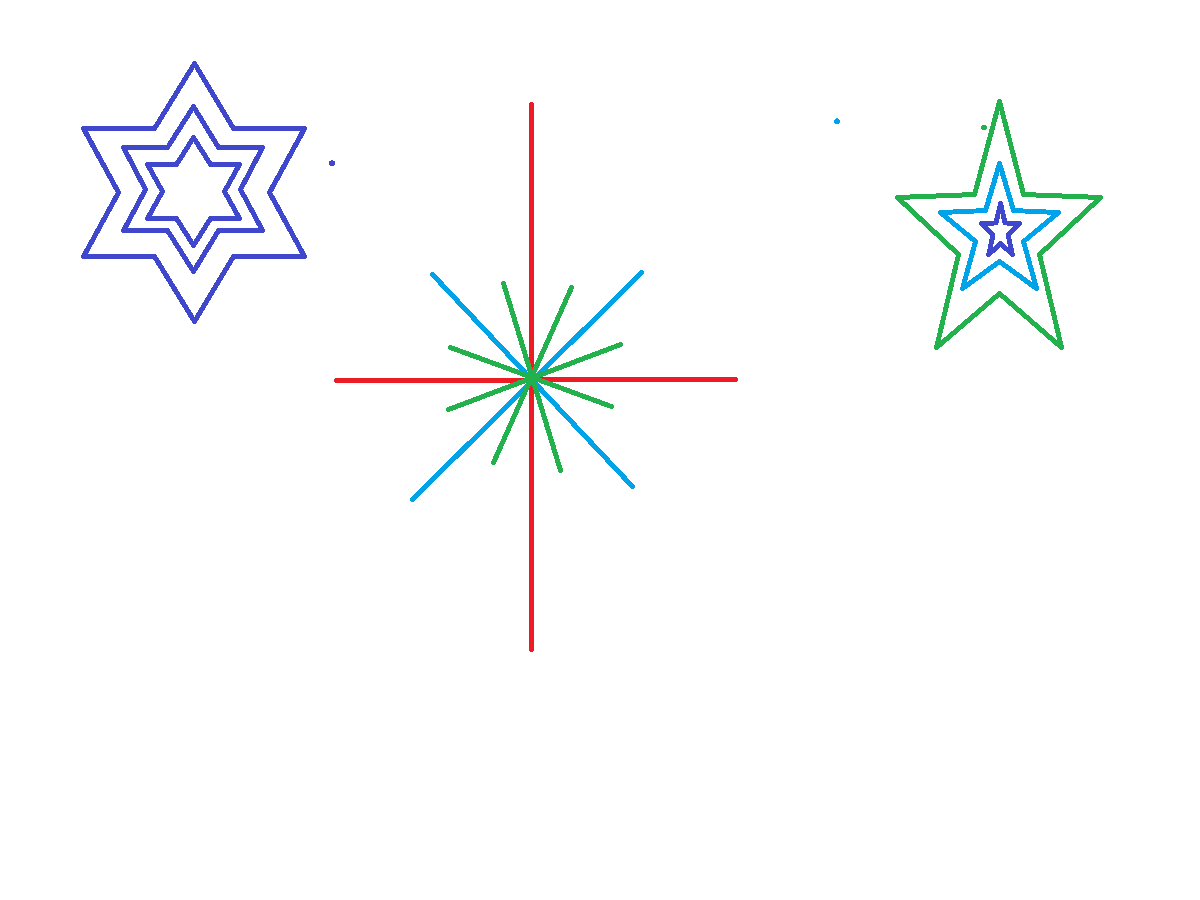smeighan
Dedicated elf
Well it is time for 2013 planning for Nutcracker
I am open to any suggestions you would like to see.
This is my current short list
1) Explore making Nutcracker C++. This will give real time feedback while creating effects. Still to be worked out as how these standalone programs can talk to a central database so that we still get the gallery. If Nutcracker can talk to a remote database this will reduce the Nutcracker foot print from 1 gigbyte to < 20mbytes. Today Mysql+Apache=970mbytes + 10mbytes of php Nutcracker code. Future could be just 20mbytes of C++ code. The code would be C++ plus wxWidgets. There would be a Windows, Linux and Mac version available.
This option would eliminate the need for wamp or xampp to be installed on your machine.
2) I want, in the future , new effects that can be easily shared by other sequencers. For example the new fireworks effects (with physics, particles fall), should just be able to be dropped into xLights. I want to see if Vixen 3 and HLS could use effect generation modules in their sequencers.
3) New expansion of Music phrases. Beat tracks, Notes, individual instruments. Once a song has been marked up, everyone could use it. Each person would decide what effects to attach to the new meta data.
4) Speaking of #3, enhance current effects to be beat aware. Example: While a spiral is turning, have beat track effects that can highlight that effect. Maybe flash white on spiral on down beat of each beat.
5) Be able to play movies in nutcracker. Start with avi files.
6) Use avi files to create layers over top of your existing effects or have them be effects by themselves
7) Expand targets
a) all targets can start at the left,right,top,bottom corners.
b) Horizontal matrix
c) Marty Fans
d) Spinners
e) Snowflakes. You will be able to design how many arms
f) Stars. 5 point, 6 point, n point. Have effects specific to stars
g) Each string in your target can be given a starting channel #.
8) Create a msq, asq file export for LSP
9) Expand single strand effects. Model arches, eaves better.
10) Write software that can locate every rgb pixel in your display by capturing a video of your show and mapping each rgb node to x,y,z space. Think cover a tree with strings and then map all the pixels. Now the tree is a "matrix" that we can project all our effects on to. This is a big , fun target
11) Increase effect classes
a) plasma balls
b) fireworks
c) process a mp3 and great equalizer effects
d) general sound to effects
e) general video to effects
So what would you all like to see this year?
I am open to any suggestions you would like to see.
This is my current short list
1) Explore making Nutcracker C++. This will give real time feedback while creating effects. Still to be worked out as how these standalone programs can talk to a central database so that we still get the gallery. If Nutcracker can talk to a remote database this will reduce the Nutcracker foot print from 1 gigbyte to < 20mbytes. Today Mysql+Apache=970mbytes + 10mbytes of php Nutcracker code. Future could be just 20mbytes of C++ code. The code would be C++ plus wxWidgets. There would be a Windows, Linux and Mac version available.
This option would eliminate the need for wamp or xampp to be installed on your machine.
2) I want, in the future , new effects that can be easily shared by other sequencers. For example the new fireworks effects (with physics, particles fall), should just be able to be dropped into xLights. I want to see if Vixen 3 and HLS could use effect generation modules in their sequencers.
3) New expansion of Music phrases. Beat tracks, Notes, individual instruments. Once a song has been marked up, everyone could use it. Each person would decide what effects to attach to the new meta data.
4) Speaking of #3, enhance current effects to be beat aware. Example: While a spiral is turning, have beat track effects that can highlight that effect. Maybe flash white on spiral on down beat of each beat.
5) Be able to play movies in nutcracker. Start with avi files.
6) Use avi files to create layers over top of your existing effects or have them be effects by themselves
7) Expand targets
a) all targets can start at the left,right,top,bottom corners.
b) Horizontal matrix
c) Marty Fans
d) Spinners
e) Snowflakes. You will be able to design how many arms
f) Stars. 5 point, 6 point, n point. Have effects specific to stars
g) Each string in your target can be given a starting channel #.
8) Create a msq, asq file export for LSP
9) Expand single strand effects. Model arches, eaves better.
10) Write software that can locate every rgb pixel in your display by capturing a video of your show and mapping each rgb node to x,y,z space. Think cover a tree with strings and then map all the pixels. Now the tree is a "matrix" that we can project all our effects on to. This is a big , fun target
11) Increase effect classes
a) plasma balls
b) fireworks
c) process a mp3 and great equalizer effects
d) general sound to effects
e) general video to effects
So what would you all like to see this year?


